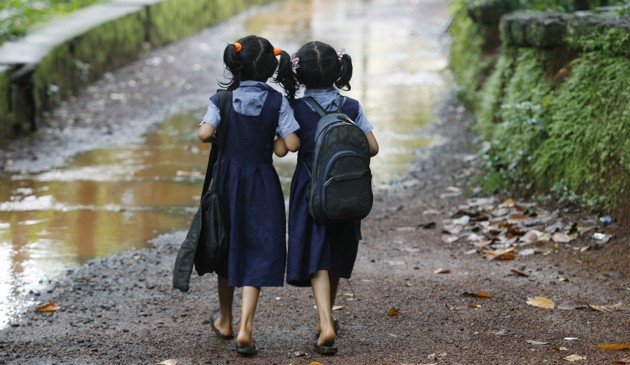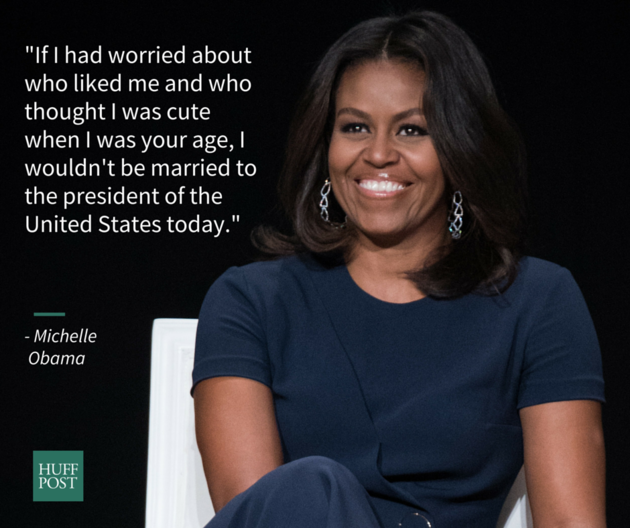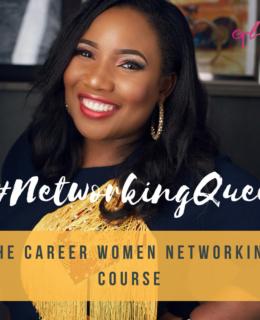The inequality between both sexes has continued to gain visibility. However, just as women face unequal pay at work and unfair social standards, requirements and cultural inhibitions, many are now aware that these inequalities begin at childhood. Our education system, failing infrastructure, cultural mind set and traditions are failing young girls every where in the world. The lack of quality education, for anyone in this highly globalised and economically competitive world inhibits economic independence and the results are even more stark for the girls we live behind. Michelle Obama in her essay for the Atlantic, addresses the global crisis in the education of girls. she suggests that we not only need to invest more in education but also need to redefine our cultural beliefs and practices.
__________________________________________________________________________________
By Michelle Obama for the Atlantic
Right now, 62 million girls worldwide are not in school. They’re receiving no formal education at all—no reading, no writing, no math—none of the basic skills they need to provide for themselves and their families, and contribute fully to their countries.
Often, understandably, this issue is framed as a matter of resources—a failure to invest enough money in educating girls. We can solve this problem, the argument goes, if we provide more scholarships for girls so they can afford school fees, uniforms, and supplies; and if we provide safe transportation so their parents don’t have to worry that they’ll be sexually assaulted on their way to or from school; and if we build adequate school bathrooms for girls so they don’t have to stay home when they have their periods, and then fall behind and wind up dropping out.
And it’s true that investments like these are critical for addressing our global girls’ education crisis. That’s why, last spring, the president and I launched Let Girls Learn, a new initiative to fund community girls’ education projects like girls’ leadership camps and school bathrooms; educate girls in conflict zones; and address poverty, HIV, and other issues that keep girls out of school.
But while these investments are absolutely necessary to solve our girls’ education problem, they are simply not sufficient. Scholarships, bathrooms, and safe transportation will only go so far if societies still view menstruation as shameful and shun menstruating girls. Or if they fail to punish rapists and reject survivors of rape as “damaged goods.” Or if they provide few opportunities for women to join the workforce and support their families, so that it’s simply not financially viable for parents struggling with poverty to send their daughters to school.
in other words, we cannot address our girls’ education crisis until we address the broader cultural beliefs and practices that can help cause and perpetuate this crisis. And that is precisely the message I intend to deliver this week when I travel to the Middle East. I’ll be visiting girls at a school in Jordan—one of many schools in that country educating both Jordanian children and children whose families have fled the conflict in Syria—to highlight the power of investments in girls’ education. But I’ll also be speaking at a global education conference in Qatar where I’ll be urging countries around the world to both make new investments in girls’ education and challenge laws and practices that silence, demean, and brutalize women—from female genital mutilation and cutting, to forced child marriage, to laws that allow marital rape and disadvantage women in the workplace.
We know that legal and cultural change is possible because we’ve seen it in countries around the world, including our own. A century ago, women in America couldn’t even vote. Decades ago, it was perfectly legal for employers to refuse to hire women, and domestic violence was seen not as a crime, but as a private family matter. But in each generation, brave people—both men and women—stood up to change these practices. They did it through individual acts like taking their bosses to court, fighting to prosecute their rapists, and leaving their abusive husbands—and through national movements and legislation that brought changes like the 19th Amendment, Title IX, and the Violence Against Women Act.
Cultural shifts like these can spur countries to make greater investments in girls’ education. And when they do, that can cause a powerful ripple effect that can lead to even greater cultural and political progress on behalf of women. Girls who are educated marry later, have lower rates of infant and maternal mortality, and are more likely to immunize their children and less likely to contract HIV. Educated girls also earn higher salaries—15 to 25 percent more for each additional year of secondary school—and studies have shown that sending more girls to school can boost an entire country’s GDP.
And when educated girls become healthy, financially secure, empowered women, they’re far better equipped to advocate for their needs and aspirations, and challenge unjust laws and harmful practices and beliefs. So really, this can be a virtuous cycle.

A walk to school in the southern Indian city of Kerala (Arko Datta / Reuters)
But ultimately, for me, this issue isn’t just about politics or economics—for me, this is a moral issue. As I’ve traveled the world, I have met so many of these girls. I’ve seen firsthand that every single one of them has the spark of something extraordinary inside of them, and they are so hungry to realize their promise. They walk for hours each day to school, learning at rickety desks in bare concrete classrooms. They study for hours each night, holding tight to their hopes for the future, even in the face of heartbreaking odds.
These girls are no different from my daughters or any of our daughters. And we should never have to accept our girls having their bodies mutilated or being married off to grown men as teenagers, confined to lives of dependence and abuse. We should never have to raise them in societies that silence their voices and snuff out their dreams. None of us here in the U.S. would accept this for our own daughters and granddaughters, so why would we accept it for any girl on our planet?
As a first lady, a mother, and a human being, I cannot walk away from these girls, and I plan to keep raising my voice on their behalf for the rest of my life. I plan to keep urging world leaders to invest in their potential and create societies that truly value them as human beings. I plan to keep reaching out to local leaders, families, and girls themselves to raise awareness about the power of sending girls to school. And I plan to keep talking about this issue here at home, because I believe that all of us—men and women, in every country on this planet—have a moral obligation to give all of these girls a future worthy of their promise and their dreams.
Source: The Atlantic.com










Leave a Reply